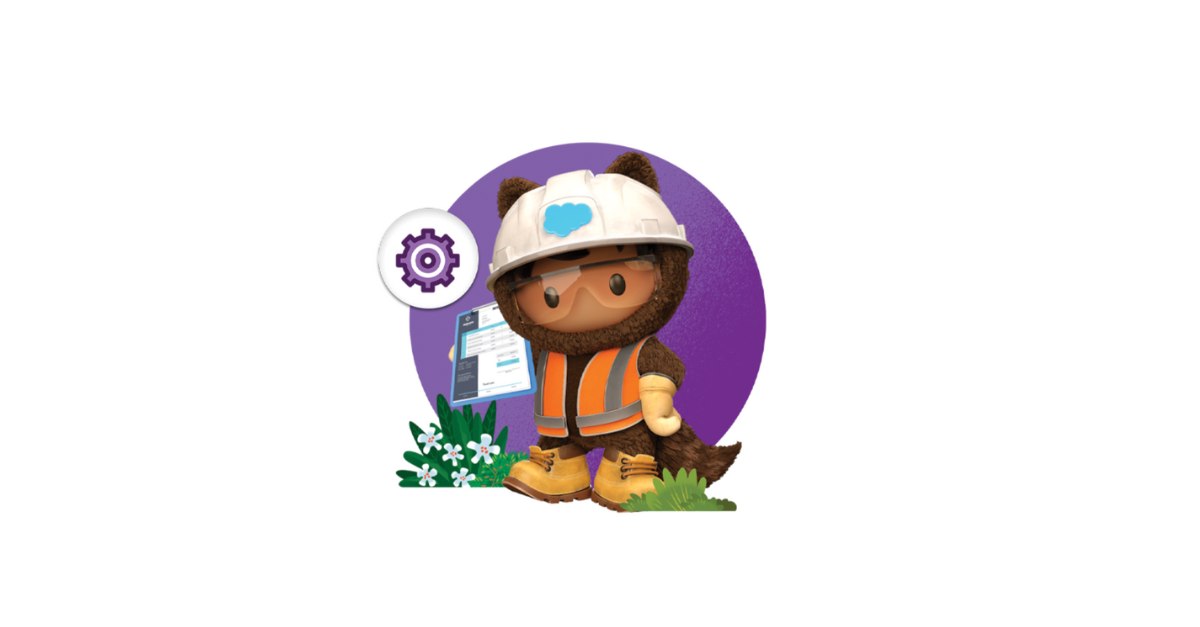Salesforce Commerce Cloud Bound: Simplifying the Transition from Oracle Commerce
The Oracle Commerce Platform was previously the industry’s top digital commerce platform for large enterprises. Today, customers still on this...
2 min read
 Heath Brownsworth
:
Oct 25, 2023
Heath Brownsworth
:
Oct 25, 2023
Software migration is a complex undertaking that involves many critical decisions, and one of the most pivotal choices is selecting the right migration approach. Factors such as the migration timeline, budget, alignment with important business events, and organizational milestones all come into play when making this decision. The two most common migration approaches, the "Big Bang" and "Decomposition" methods, each have their own advantages and drawbacks. In this article, we'll delve into the intricacies of these two strategies, providing an in-depth evaluation of their pros and cons. Whether you're a business owner, an IT professional, or someone simply interested in the world of software migration, read on to gain valuable insights that will help you choose the approach best suited for your project's success.
BIG BANG APPROACH:
When the effort to sort out the intricate customizations of a legacy platform is too large, and there’s a stronger willingness to embrace the paradigm of the new rather than replicating the old, then this approach may be the most efficient form of migration.
Here are the five steps to follow for the Big Bang approach:
1. Understand the out-of-the-box features and capabilities of the new platform.
2. Identify the essential business requirements and must-have customizations, keeping in mind the objective is not to recreate the old system within the new one.
3. Implement the new platform and the necessary customizations.
4. Define precisely all data mappings for the core and essential attributes.
5. Determine if you should soft-launch new systems to specific customers or make a full cutover if the risk is managed.
Pros of the Big Bang Approach:
Cons of the Big Bang Approach:
DECOMPOSITION APPROACH:
When the migration timeline is flexible and the current system is sufficiently abstracted and modularly designed, migrating incrementally may be the best strategy to mitigate risk and validate the target end points/platform, one by one. It aligns perfectly for those who envision a composable digital commerce system for their organization.
Typical Decomposition Method
Pros of the Decomposition Method:
Cons of the Decomposition Method:
Conclusion:
The choice between Decomposition and the Big Bang approaches depends on the specific goals of the project. Decomposition offers gradual, structured change with better risk management but may be time-consuming. In contrast, the Big Bang approach is faster but risks disruption and resistance. The decision should consider factors like project scale, existing infrastructure, and tolerance for disruption. A hybrid approach may often be the best choice, and adaptability is key in navigating the dynamic landscape of transformation and innovation.
If you are ready to explore which approach would be the best for your business, let's connect!

The Oracle Commerce Platform was previously the industry’s top digital commerce platform for large enterprises. Today, customers still on this...

Join AAXIS leaders at the Salesforce Manufacturing Summit on January 10, 2024 from 8am-6pm EST in Atlanta, GA.